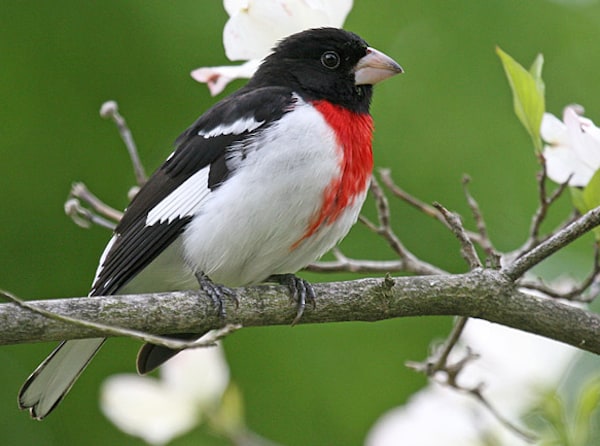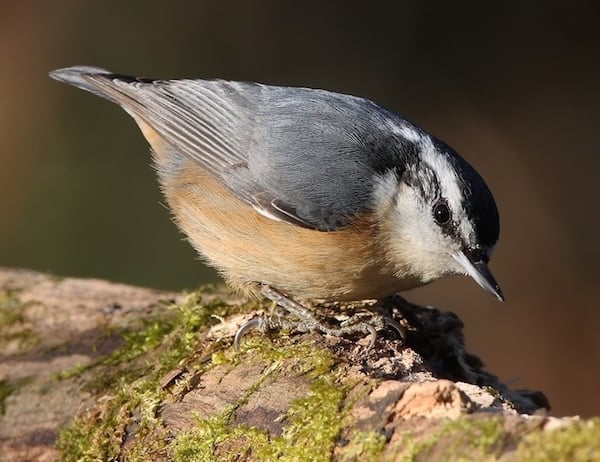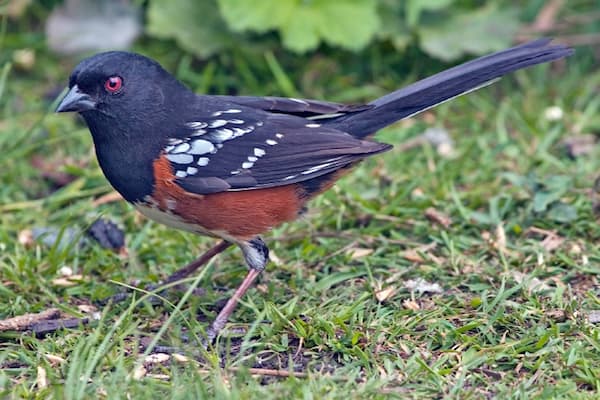Look For
The golden-crowned warbler is a small songbird with a plumage that varies depending on the region it lives in. The most common breeding adult has gray or greenish-gray upperparts and bright yellow underparts. A dull stripe passes through each eye, with a golden streak down the center of the crown that is edged with black. It has dull pink legs and feet.
Listen For
The golden-crowned warbler’s song is a series of high, whistling notes that end with a distinct up-slurred note swee-swee-swee-si-wi-suwee. The golden-crowned warbler’s call is a hard, short, wren-like tsik or chit.
Find It
The golden-crowned warbler’s habitat range is spread over a large expanse from small slivers of southern Texas, down through Mexico and Central America, all the way to Argentina. It is not found, however, in the Amazon basin or in most of Panama or the Andes.
Some birds live in the same area all year long while the northernmost populations migrate south for the winter. The golden-crowned warbler inhabits a variety of humid to semi-humid environments from dry lowlands, shady plantations, mountainous evergreen and semi-deciduous forests, and low shrub thickets.
Feeding Behavior
The golden-crowned warbler feeds primarily on insects and spiders as well as occasional fruits and seeds, though the details of its diet are unknown. The golden-crowned warbler forages for food on the ground and in low tree branches, gleaning off leaves and twigs and flying out to catch insects midair.
Nesting Behavior
The golden-crowned warbler places its nest on the ground near the shelter of a large boulder, bank, tall tuft of grass, or shrub. The golden-crowned warbler constructs a dome or oven shape made of grass, rootlets, stems, and other plant fibers. The female lays 2 to 4 eggs that are white with reddish-brown marks toward the large end. The female incubates the eggs for 10 to 12 days before hatching. The amount of time the young are cared for before leaving the nest is unknown.




